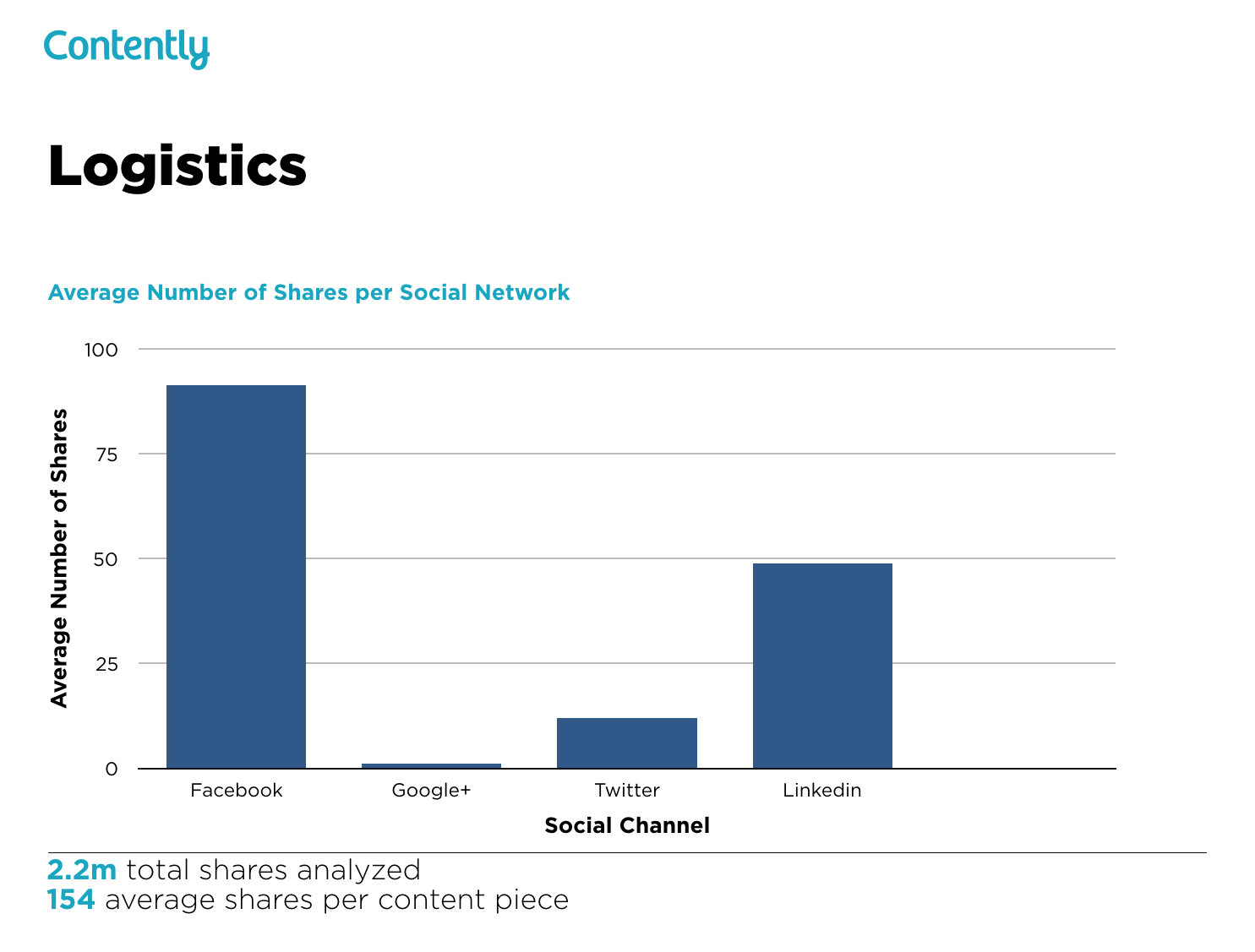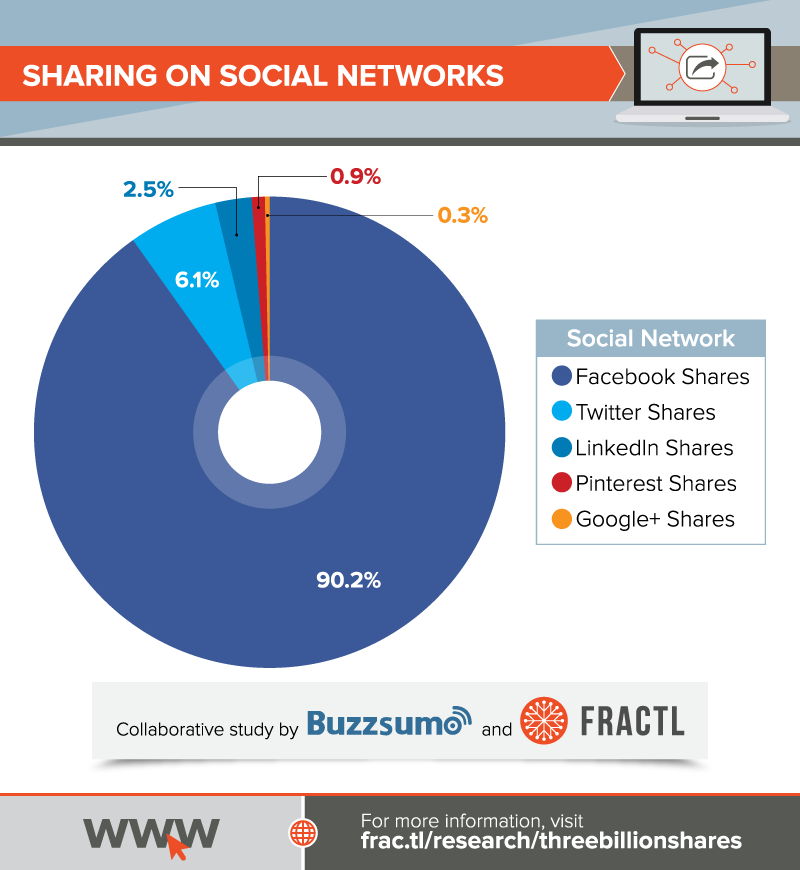B2B
B2B Paid Content Distribution: Facebook vs. LinkedIn
A couple of weeks ago, I was sitting down with a prospective client from a large financial institution, trying to help the marketing team craft its 2017 content strategy. At one point, I explained that experimenting with paid Facebook distribution could be a cost-efficient way to grow its target audience.
“Oh, we’re B2B,” someone said. “We don’t think anyone’s looking for our content on Facebook. We only want to use LinkedIn.”
I hear this response meeting after meeting. I get the instinct to assume LinkedIn is the only worthwhile place to pay for content distribution if you’re a B2B company. LinkedIn has incredible ad targeting for B2B brands. When you’re selling a very specific product (say, enterprise content marketing software) to a very specific buyer, it’s incredibly useful to be able to target someone by job title, location, and company. On any other social network, it’s a crapshoot that people will accurately provide that information. On LinkedIn, it’s pretty much required. If I want to target the CMO of Pepsi with an e-book, LinkedIn is the first place I go.
But B2B marketers don’t eschew other social networks just because they love the targeting LinkedIn provides. They also believe users won’t be interested in work-related content on other social networks—particularly Facebook.
From all the data I’ve seen, the idea that people don’t care about B2B content on Facebook is a myth. Our strategy team runs content analysis for hundreds of niche B2B marketing topics each month, and consistently, we see that people love to share work-related content on Facebook. For topics ranging from demand generation marketing to logistics, Facebook accounts for the majority of shares for specialized B2B content.

This trend shouldn’t come as a surprise. Facebook accounts for over 40 percent of all traffic to publisher sites, eclipsing Google. Over 90 percent of all content sharing occurs on Facebook, compared to just 2.5 percent for LinkedIn. It’s the biggest media empire in the world, and people share and consume every kind of content through the Facebook feed—wedding pictures, political analysis, cat videos, and yes, even white papers and articles about the insurance industry.

While Facebook seems like a network that’s separate from our work lives, it’s really not. Think about the people you engage with most on Facebook. You probably see a ton of content from college classmates and coworkers—the people you’ve spent most of your life with since Facebook came on the scene. These also happen to be individuals who likely have similar professional interests. I don’t think twice about sharing a work-related piece about marketing or tech, because half of my “friends” work in marketing or tech.
If you’re still skeptical about using Facebook for content distribution when you already have LinkedIn, consider these two additional reasons: It’s cheap, and the targeting is really good.
The incredible amount of time that people spend on Facebook (50 minutes per day) means that Facebook has a supply of attention that no competitor can match. In most ad campaigns we’ve run for Contently, Facebook is consistently 10 times cheaper than LinkedIn ($0.20 – $1.00 per click on Facebook versus $2.00 – 10.00 on LinkedIn).
This isn’t to say that marketers should ditch LinkedIn. Far from it. As I’ve written before, one of the biggest problems in content marketing is brands don’t allocate enough of their budget to distribution. They create a ton of content, put it on a blog, and expect people to just show up. But they’d be better served creating fewer stories and investing extra money in paid distribution to ensure their target audience actually reads them. Unless you already have a mature audience and dominate the conversation in your industry, you probably want to allocate at least 25 percent of your budget to content distribution.
That means using LinkedIn and Facebook in conjunction. While LinkedIn only accounts for about 2.5 percent of social shares of all content, it still drives at least 25 percent or more of shares for content focused on B2B topics. Clearly, users look for more work-related content when they’re on LinkedIn. The targeting capabilities are especially helpful if you’re running an account-based marketing program. To oversimplify a bit, the strategy mix I usually recommend looks like this:
Top-of-funnel content: Facebook, since it’s a very efficient way to build an audience.
Gated lead-gen and bottom-funnel content: LinkedIn. When the payoff is bigger, the targeting and context make up for the price tag.
This year, B2B marketers need to experiment more aggressively with paid content distribution. But if they view LinkedIn as their only option, they’ll be doing themselves a disservice. Whether you love or hate Zuckerberg’s empire, it’s still one of the most powerful tools content marketers have.
Image by Pexels / CC ZeroGet better at your job right now.
Read our monthly newsletter to master content marketing. It’s made for marketers, creators, and everyone in between.




